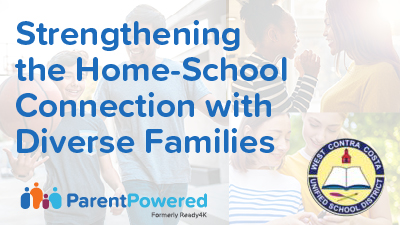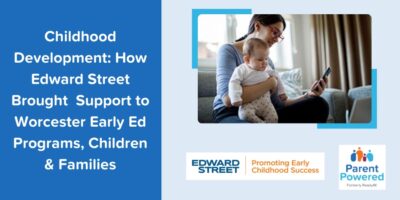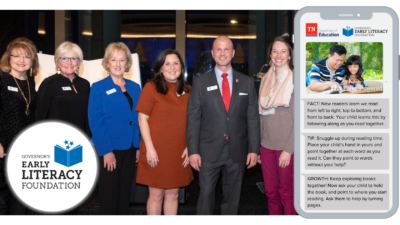We all want parents and caregivers to feel like valued partners in their child’s education and welcome members of the community. But the steps necessary to build those home-school connections can vary greatly depending on their own culture and life circumstances.
Some parents may feel most valued when they are invited to volunteer during the school day or participate in school decision-making through a board meeting, whereas other parents feel intimidated by such suggestions or guilty for not being able to dedicate the extra time. Other caregivers may feel most valued by receiving asynchronous communications that they can read on their own time. For those who are new to the American education system, basic information that orients them to how the school system works can be the best way to make them feel set up for success.
How we reach out also matters. When it comes to communication, some read emails and others lack reliable internet access. And of course, parents within one district or even school may speak an impressive array of different home languages.
With so many different preferred styles of family engagement, what is a busy educator to do?
Meeting the Needs of Diverse Families
West Contra Costa Unified School District (WCCUSD) is one of the many diverse school districts across the country asking this question. While a significant number of WCCUSD families are socioeconomically disadvantaged, they also serve very affluent neighborhoods. Students come from families with a wide range of cultural backgrounds, bringing with them different expectations of and needs from the school.
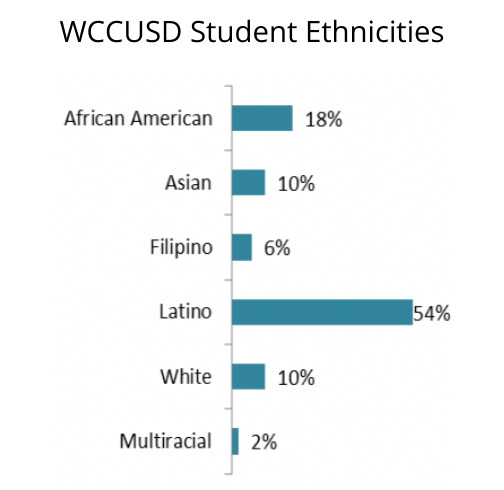
For WCCUSD, the answer to supporting their diverse population was in ParentPowered. The low-tech, high-impact family engagement solution is designed to meet exactly these challenges without overtaxing educators’ time and energy.
We recently caught up with WCCUSD’s Coordinator for the Early Learning Preschool Program, Lanre Ajayi. She shared how our text message-based program enabled her district to check all the boxes when it comes to reaching all families.
With ParentPowered, Ajayi and her colleagues rest easy knowing that every family has an accessible way to engage with their child’s education. But it’s more than a feeling—the data they’ve gathered from surveys shows measurable changes in the caregiver-child relationship and in children’s socio-emotional skills. Read on to see how one of the most diverse school districts in California connected with families of every income level and cultural background.
1. Bringing Family Engagement Home
When you think of family engagement, you might envision fabulous in-person events that draw caregivers into the action on campus. Ajayi, a twenty-year veteran of the district, fondly remembers such an event that her school hosted back when she was a principal. At family fun day, parents, grandparents, cousins, and neighbors alike were able to see firsthand what the children were learning at school. However, she knows that in-person events don’t work for all families.
“As a school district, we need to meet families where they are,” explains Mrs. Ajayi. “That means offering parent engagement opportunities that allow for tight work schedules and people working multiple jobs.”
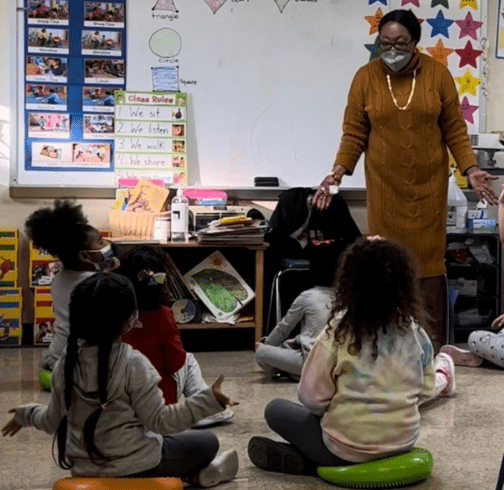
That’s why WCCUSD has also been doing digital family engagement for the past five years. With ParentPowered, parents and caregivers receive weekly messages straight to their phone with fun and easy ideas for connecting with their children around important school skills at home. The tips only take a minute or so to do, and they fit right into everyday routines like getting dressed or riding the bus.
“They really love it,” Mrs. Ajayi says about ParentPowered. “It doesn’t have to be in person. It gives them activities to do at home. When they’re cooking, asking kids about the colors of vegetables, counting at the grocery store, learning their alphabet, learning their math.”
The survey data confirms that ParentPowered is working for families: Every parent who responded to the most recent engagement survey reported that ParentPowered activities made their relationships with their children stronger.
Bringing family engagement into parents’ homes makes it easier for them to support their children’s success.
2. Improving Home-School Connections with Positive Outreach
Family engagement is all about building relationships. And relationships require consistent communication. But when life gets busy, many school districts only reach out to parents when there’s an emergency or an issue that needs to be addressed. Designing new family-facing content each week to enrich parents’ knowledge and supplement what’s going on in school just takes too much time.
But ParentPowered has done that work for schools and will automatically send the right message to the right families at the right time.
“Parents don’t even have to know how to read or write to use some of these skills. The skills are family-based. Dad can do it, mom can do it, you can do it while you’re commuting.”
Lanre Ajayi, WCCUSD
“ParentPowered offers a bridge from home to school,” Ajayi says. “It gives us a consistent way to engage parents and let them educate their children.”
And, according to Ajayi, the ParentPowered content makes it very easy for all parents to support their children’s education. “Parents don’t even have to know how to read or write to use some of these skills. The skills are family-based. Dad can do it, mom can do it, you can do it while you’re commuting.”
Educators like Ajayi rest easy knowing families are always getting fun and easy tips from their school, building trust and a positive association with the district week after week.
3. Managing Big Emotions
Children and families all over the country are experiencing adversity and trauma at unprecedented rates, and this is especially true for low-income families. This means that SEL (socioemotional learning) has gone from a trendy buzzword to an absolute essential. Districts are working hard to support students with services in many ways, and many, like WCCUSD, are using ParentPowered to supplement these efforts with its built-in SEL programming.
“With everything that has happened recently, SEL is more important than ever,” says Ajayi. “ParentPowered has caregivers do exercises like teaching kids to ask their toys, ‘How are you feeling?’ Some of the SEL skills that are practiced let kids know it’s ok to be afraid. It really normalizes that just by talking about it.”
When families receive these simple but profound messages consistently over time, it can make a real difference for their children’s development. At WCCUSD, 95% of parent survey respondents said that ParentPowered activities have helped children express and manage their feelings.
And of course, when families feel like schools are providing real solutions to everyday problem, home-school connections get stronger.
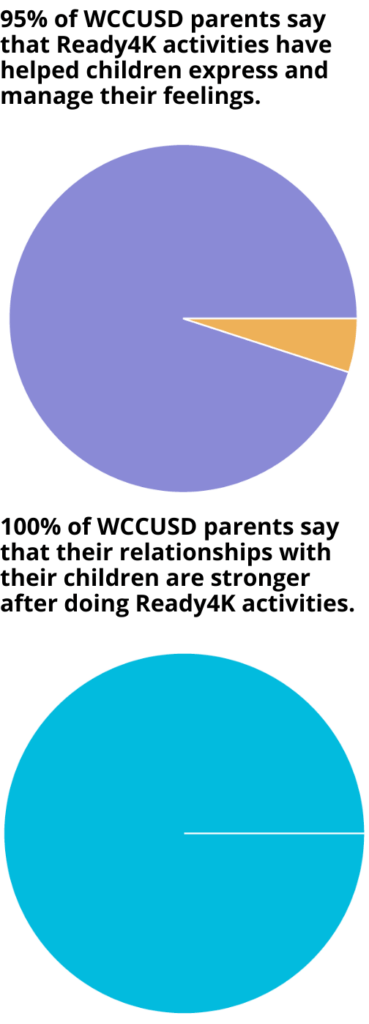
4. Saving Precious Administrator Time
District leaders have a lot on their plates, and their work can be even more complex in highly diverse districts like WCCUSD. This means that another key to successfully connecting with all families in such a district is to use a solution that makes life simpler rather than more complicated. That starts with initial implementation of the program.
“The best part about ParentPowered is that it’s so easy to set up,” says Ajayi. “Parents and caregivers register at the beginning of the school year. All we need is their phone number, then boom, they are good to go. I even signed our superintendent up for the messages. He loved them and sees the positive impact on families.”
But the superintendent is not the only one who needs to see that positive impact. An important aspect of Ajayi’s role is reporting out to the superintendent’s Cabinet and the Board of Education, and generating reports for state and federal grant funding.
“ParentPowered makes it so easy to pull reports for funding. I just pull it up, and bam, I have what I need to show how we are engaging our families. It’s really great, especially for showing connections with our Spanish speakers.” She also adds that it’s helpful for showing how they’re spending Title I funds.
Low-Lift, High Impact
Family engagement for a diverse student body will always require thoughtful, nuanced work, but it doesn’t have to be complicated. All parents want to connect with their kids and their school in meaningful ways. They want to know that their child is going to be successful and feel valued and welcomed by the district. They want to be able to provide support and help their children learn and grow. ParentPowered makes this possible‚ and it even makes it easy.
“I would say to anyone who hasn’t tried ParentPowered yet – you have to do it,” says Ajayi. “It makes all the difference.”

